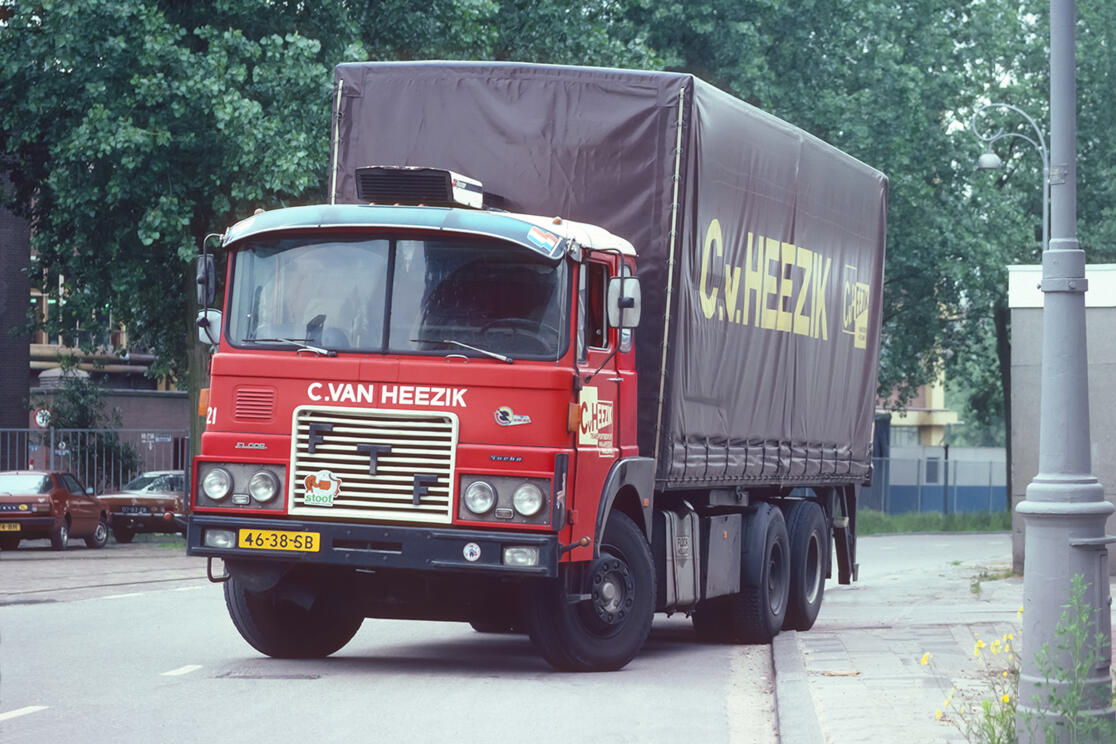The beginnings
The roots of the Dutch manufacturer of special vehicles called FTF go back to the 1930s, when the Floor family ran a transport and hay business in Hilversum. The goods transported were varied, ranging from construction materials to hay and feed. That ended during World War II. Not only did the war paralyze transportation activities, it also cost the father of the Floor family his life.
After the war, the founder's four sons revived the transport business. They started out with only one usable vehicle, an old Chevrolet six-cylinder gasoline truck that had survived the war. It was initially sufficient to resume the hay business. In 1946, surplus Mack U.S. Army trucks were available through a government assistance program, and the Floors managed to acquire some of these vehicles. Fitted with custom-built trailers, these heavy and rugged NR-type three-axle trucks proved to be willing workhorses. They were perfect for rugged transport jobs. Word got around, and other haulers began to show interest. As requests piled up, the brothers decided in 1953 to open a small factory for the production of heavy trailers. When production and sales of vehicles began, the trade in hay soon became secondary among the Floors' business activities.
New Mack imports
When representatives of the American truck manufacturer Mack suggested to the Floors in 1955 that they import new Mack trucks into the Netherlands, they did not think twice and signed a contract with the Americans. The import activities that followed took off in such a way that transport and hay trading were soon discontinued. From now on, Floor would be purely a truck and trailer supplier. Soon the assembly of Mack two- and three-axle trucks of the type B took place in the factory halls in Hilversum.
The demand for Mack chassis increased steadily and Floor also became a dealer for Belgium and Luxembourg. As the capacities in Hilversum were no longer sufficient, the brothers built a new plant in Wijchen near Nijmegen, about 100 kilometers away from Hilversum, in 1963.
Unfortunately, a year later there was a conflict with the Americans that led to the failure of the joint venture. Mack had taken over the French truck manufacturer Bernard and was now planning to build its own assembly plant for Western Europe. The Floors were dismayed, because they had invested a lot of money in the plant in Wijchen and were not prepared to give up the production of heavy trucks without a fight. To their surprise, they won a lawsuit against Mack Trucks Inc. It is said that the Americans had to pay a considerable sum, which enabled the Floor brothers to start their own truck-building program in 1965. Together with an enthusiastic team of engineers and mechanics, they soon came up with the concept for an all-new three-axle truck.
The birth of a completely new truck
The first FTF saw the light of day in February 1966 at the RAI commercial vehicle show in Amsterdam. The all-new front-wheel-drive truck was a hand-built one-off, incorporating numerous Mack components that had been left in storage at the Floors. Naturally, it made sense to use these parts before looking for new suppliers. The heat-treated, high-strength main frame had been sourced by the Floors in the U.S. from the same manufacturer used by Mack. The axles were Mack's own, while General Motors supplied the six-cylinder, direct-injection diesel engine and the fully automatic Allison HT70 transmission. The Detroit Diesel, model number 6V-71N, displaced 6.95 liters and produced 238 hp at 2100 rpm. Alternatively, a V8 Detroit Diesel with 318 hp was offered.
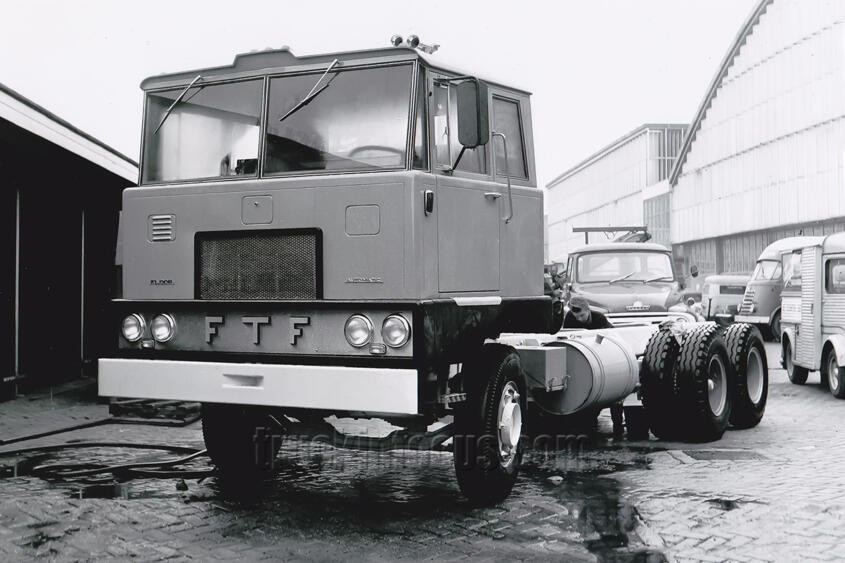
In addition to a 4x2 chassis, a 6x2 version with trailing axle and 20-ton load capacity was also offered. The tandem versions were equipped with walking beam suspension and dual circuit braking system. The technical equipment of the new FTF heavy-duty trucks was quite unusual, as no other European manufacturer offered an Allison automatic transmission as standard equipment. And there were other details that set the FTF apart from other products, such as the tilt cab with sleeping compartment. This design was only beginning to catch on at the time. The Floors had developed the innovative cab in collaboration with local coachbuilder Van Vught. This company had already built the cabs for the Macks assembled by Floor.
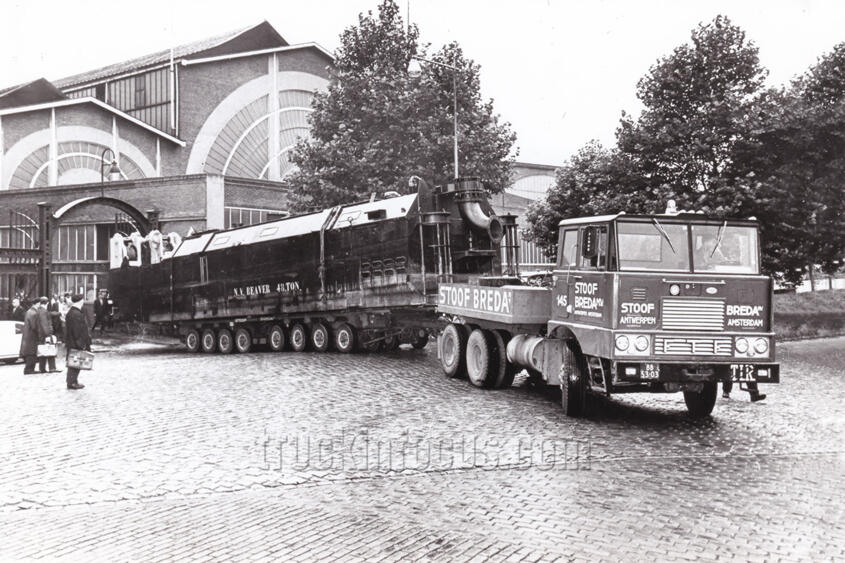
The first FTF model featured certain design elements of the Mack F-600 cab-over introduced in 1962. However, instead of curved body panels, flat panels were used, also to save tooling costs. Seven chassis with sleeper cabs and one with a short cab were produced of the first model in 1966 and 1967.
British cabs
Disagreements between the Floors and Van Vught over the production of the cabs caused the brothers to contract with Motor Panels of Coventry in England. This independent coachbuilder manufactured steel cabs for various truck manufacturers in the United Kingdom. The Floors commissioned a cab in short and long versions with a sleeping compartment. It came complete with doors and windows, but without a grille, because that was the Floors' own design, made of fiberglass and metal, as were the front fenders. This large cab was not only well-engineered, it was also less expensive than the Van Vught design. The British cab could be tilted up to 60 degrees for easy engine maintenance. The first new-generation F-7.20D tractor unit with the 6x4 drive formula left the factory in late 1967. It was delivered complete with semitrailer as a tipping tractor and was designed for a total weight of 50 tons.
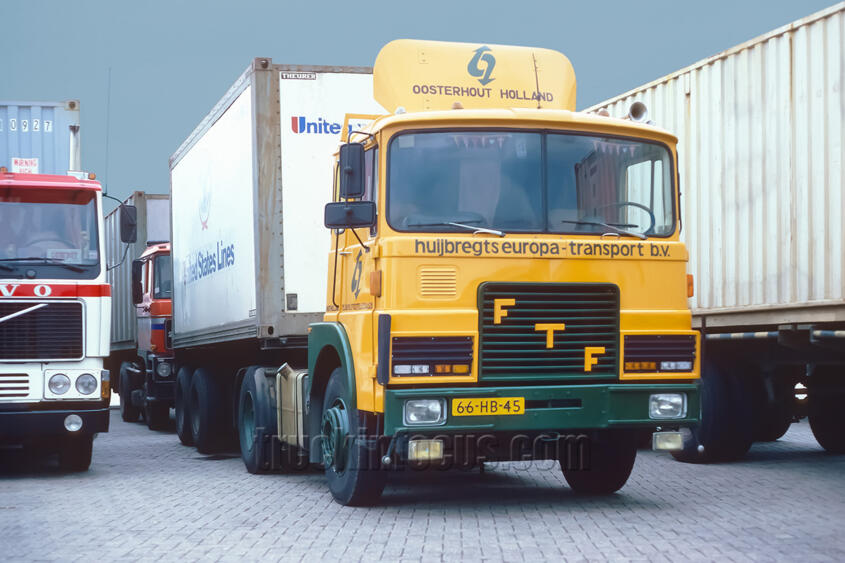
Despite the many foreign suppliers and DAF's strong presence in the Dutch market, the Floors had managed to find a profitable niche for their new customized heavy-duty trucks. In 1969, about 20 chassis left the Wijchen plant, which was quite remarkable considering that the product was practically still in the trial phase.
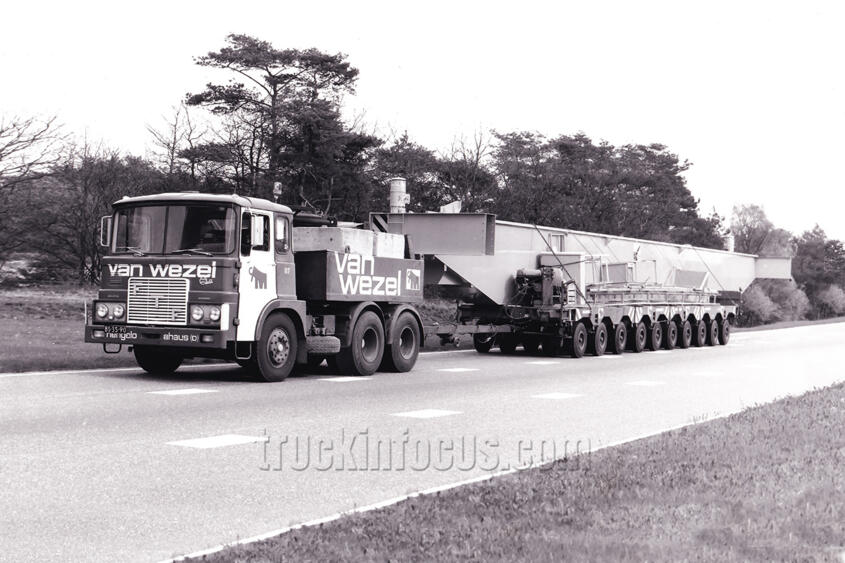
To the surprise of many industry experts, Mack Trucks approached FTF again in late 1967 with a proposal to resume importing Mack trucks for the Benelux. As a result, both FTF and Mack trucks were built side by side at the Wijchen plant from 1968 until Floor decided to hand over Mack imports to the Zwaans company in Alphen an den Rijn in 1973.
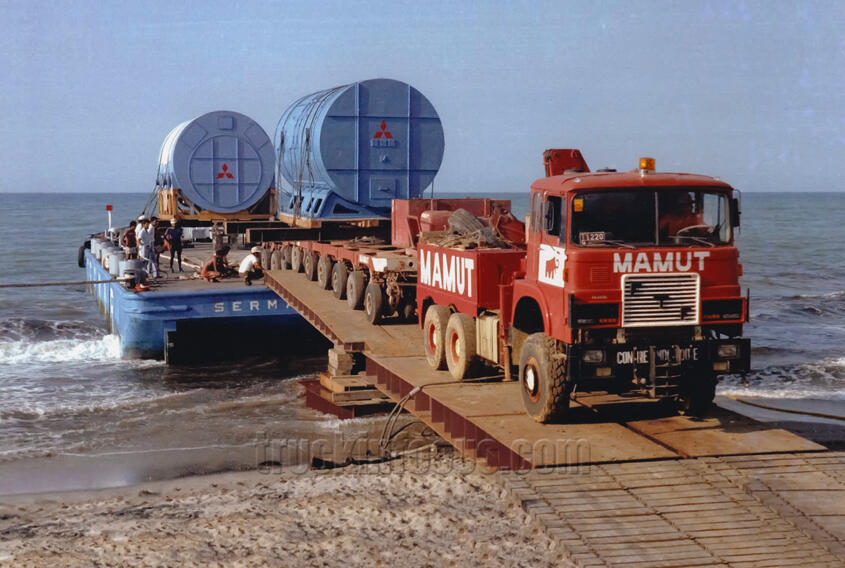
Remarkably, in the five years that vehicles of both brands were assembled, 60 FTF trucks were delivered with Mack diesel engines, transmissions and axles instead of products from Detroit Diesel, Fuller, Allison, etc. This was because, in accordance with American practice, the FTF customer had a choice when it came to custom equipping vehicles for specific applications.
